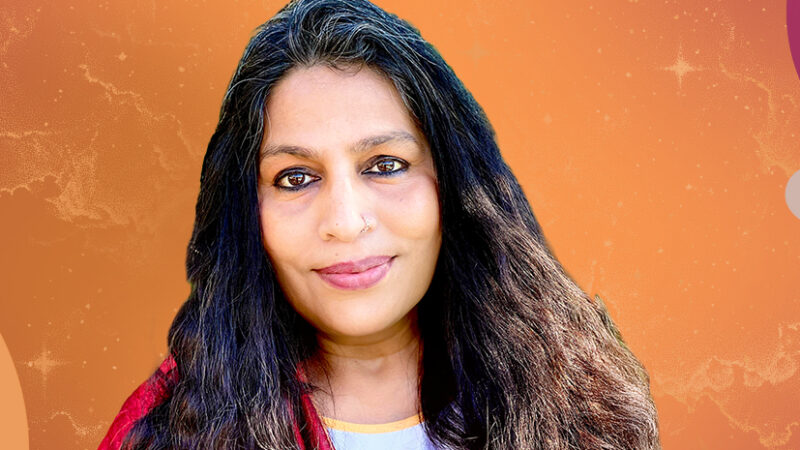
While many of us spend December celebrating the holidays, this is also the perfect time for reflection—and for death and rebirth. Writing as a path to awakening is an invitation and celebration—it’s your ticket back to your creative brilliance.
Life is short. Time is fleeting and invented—it’s only really ever now. Love is showing up fully with presence—open-hearted, raw, and vulnerable to the world; it’s the only thing that matters. And it’s with this that I invite you to write your own obituary.
Reflecting on our own mortality is an opportunity to assess what is truly important in our lives. To reflect on our own mortality is to enter into the community of humanity via the ultimate vulnerability around ceasing to exist. When we approach this with an open heart of curiosity, we have a chance at greater compassion, patience, and understanding with the realization that we are all in this together.
Every one of us goes through this fact of our temporary nature in physical form; there is no getting out of this world alive. And here we have a choice—we can put off that reality, ignore it, get completely freaked out about it, or we can face that fact with courage and curiosity.
It’s so easy to get caught up in the mundane details and challenges of daily life to the extent that we can forget what we are really living for—what our core purpose in this lifetime truly is! The results of such an investigation are a more awakened sense of self, a deepening compassion for yourself and others—not only those intimate in your life—but for humanity as a whole.
Begin by writing it as a list or try writing it as a poem. Tune into any fears or resistances that arise. You could try modeling your piece on a traditional obituary you might read in your favorite newspaper or online magazine. Freewrite into these questions and see what arises.
- How do you want to be remembered?
- What are the true highlights of your life?
- Who were the people who most inspired or influenced you?
- What did you learn being embodied in this life that you want to share with others?
- What held the most meaning for you in your days on this earth?
Looking for more great reads?
Adapted excerpt from Writing As a Path to Awakening by Albert Flynn DeSilver.
 A highly regarded and sought-after speaker and workshop leader, Albert Flynn DeSilver has taught and presented with several luminaries, including Elizabeth Gilbert, Cheryl Strayed, Maxine Hong Kingston, Michael McClure, and U.S. Poet Laureate Kay Ryan among many others. In addition, Albert is an internationally published poet, memoirist, and novelist. His writing has appeared in over 100 literary journals worldwide. He has published several books of poetry and the memoir, Beamish Boy. Albert teaches at the Omega Institute, Esalen, Spirit Rock, and writing conferences nationally. He lives in Northern California.
A highly regarded and sought-after speaker and workshop leader, Albert Flynn DeSilver has taught and presented with several luminaries, including Elizabeth Gilbert, Cheryl Strayed, Maxine Hong Kingston, Michael McClure, and U.S. Poet Laureate Kay Ryan among many others. In addition, Albert is an internationally published poet, memoirist, and novelist. His writing has appeared in over 100 literary journals worldwide. He has published several books of poetry and the memoir, Beamish Boy. Albert teaches at the Omega Institute, Esalen, Spirit Rock, and writing conferences nationally. He lives in Northern California.
















